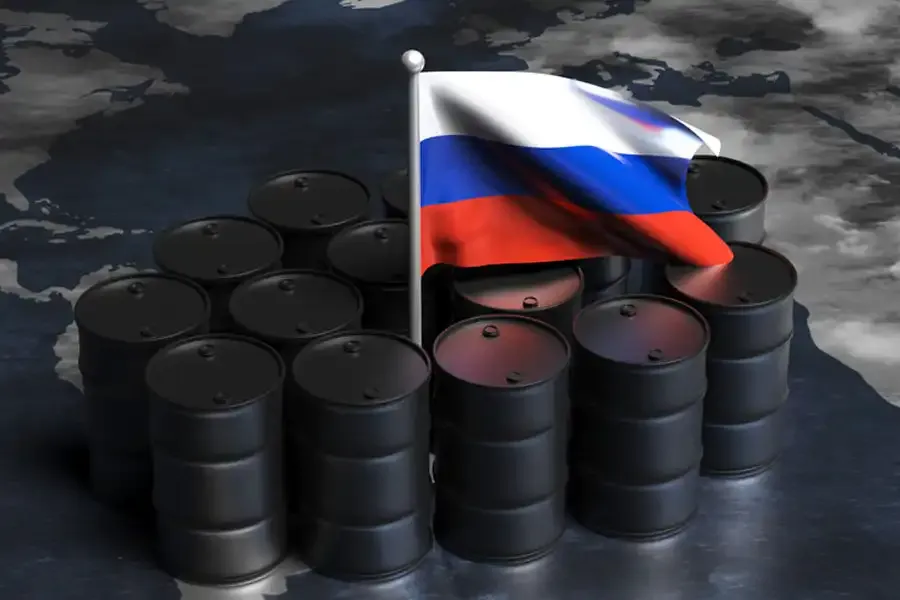Shopping cart
Your cart empty!
Terms of use dolor sit amet consectetur, adipisicing elit. Recusandae provident ullam aperiam quo ad non corrupti sit vel quam repellat ipsa quod sed, repellendus adipisci, ducimus ea modi odio assumenda.
Lorem ipsum dolor sit amet consectetur adipisicing elit. Sequi, cum esse possimus officiis amet ea voluptatibus libero! Dolorum assumenda esse, deserunt ipsum ad iusto! Praesentium error nobis tenetur at, quis nostrum facere excepturi architecto totam.
Lorem ipsum dolor sit amet consectetur adipisicing elit. Inventore, soluta alias eaque modi ipsum sint iusto fugiat vero velit rerum.
Sequi, cum esse possimus officiis amet ea voluptatibus libero! Dolorum assumenda esse, deserunt ipsum ad iusto! Praesentium error nobis tenetur at, quis nostrum facere excepturi architecto totam.
Lorem ipsum dolor sit amet consectetur adipisicing elit. Inventore, soluta alias eaque modi ipsum sint iusto fugiat vero velit rerum.
Dolor sit amet consectetur adipisicing elit. Sequi, cum esse possimus officiis amet ea voluptatibus libero! Dolorum assumenda esse, deserunt ipsum ad iusto! Praesentium error nobis tenetur at, quis nostrum facere excepturi architecto totam.
Lorem ipsum dolor sit amet consectetur adipisicing elit. Inventore, soluta alias eaque modi ipsum sint iusto fugiat vero velit rerum.
Sit amet consectetur adipisicing elit. Sequi, cum esse possimus officiis amet ea voluptatibus libero! Dolorum assumenda esse, deserunt ipsum ad iusto! Praesentium error nobis tenetur at, quis nostrum facere excepturi architecto totam.
Lorem ipsum dolor sit amet consectetur adipisicing elit. Inventore, soluta alias eaque modi ipsum sint iusto fugiat vero velit rerum.
Do you agree to our terms? Sign up

India’s refiners are entering a more expensive operating phase as the era of cheap Russian oil comes to an end. After nearly three years of benefiting from deep discounts on Russian crude, tightened US sanctions have disrupted supply chains, forcing Indian companies to pivot toward costlier Middle Eastern and US grades.
The change marks a significant shift in India’s energy import strategy, raising costs for refiners and potentially putting upward pressure on fuel prices in the months ahead.
India, which imports nearly 86% of its crude oil needs, had become the largest buyer of Russian oil since mid-2022. At its peak, India imported about 1.75 million barrels per day, mostly from Rosneft and Lukoil, with discounts ranging from $8–$12 per barrel compared to Middle Eastern benchmarks.
However, recent US sanctions have targeted shipping, insurance, and trading intermediaries, disrupting payment and transport channels. As global banks grow wary of settlement risks, Russian crude discounts have narrowed sharply, making it uneconomical for Indian refiners to maintain high dependency.
The impact is already visible. India’s crude processing volume fell to a 19-month low in September 2025. Though refiners cited maintenance shutdowns, industry insiders admit the reduced flexibility from Russian oil has limited operational margins.
Reliance Industries Ltd (RIL) has halted new Rosneft-linked purchases and diversified into spot-market cargoes.
Indian Oil Corporation (IOC) has paused fresh Russian crude contracts.
Bharat Petroleum (BPCL) and Mangalore Refinery (MRPL) are ramping up imports from the US and Gulf suppliers.
Nayara Energy, with Rosneft as a stakeholder, remains the most constrained, facing fewer alternatives in the short term.
According to shipping data, Russian crude’s share in India’s import basket has slipped to 34%, compared to 36% in the previous two years. Meanwhile, US oil imports surged to around 575,000 barrels per day in October — the highest since 2022 — reflecting India’s strategic pivot.
Experts warn that the shift could strain India’s fiscal balance.
“Higher crude prices and tighter supply could widen the fiscal deficit and increase inflation risks,” said Vinod Nair, Head of Research at Geojit Investments.
The import cost has risen by nearly $5 per barrel, while global crude markets remain volatile due to geopolitical tensions and US-China trade uncertainties.
Rahul Kalantri, VP Commodities at Mehta Equities, added: “Fresh US sanctions on Russian oil majors like Rosneft and Lukoil have increased supply concerns. Price volatility will likely persist as global refiners scramble for alternatives.”
For policymakers, balancing energy security with geopolitical alignment is becoming increasingly complex. India cannot risk sanction exposure in banking and logistics channels while projecting itself as a global manufacturing hub.
Officials describe the current shift as a strategic recalibration, not a political statement. Yet the fiscal and consumer implications are real.
At present, pump prices remain unchanged, but experts warn that oil marketing companies (OMCs) may not be able to absorb the higher import costs indefinitely. Once the political calendar permits, fuel price hikes could be inevitable unless crude prices ease globally.
The end of discounted Russian oil underscores a critical lesson: India’s reliance on temporary arbitrage opportunities cannot serve as a long-term energy strategy.
Analysts suggest India should:
Diversify supplier sources across the US, Middle East, and Africa.
Strengthen domestic exploration and production.
Utilize strategic petroleum reserves to offset volatility.
The transition may be challenging, but it’s necessary for long-term price stability and energy independence.
27
Published: Oct 30, 2025